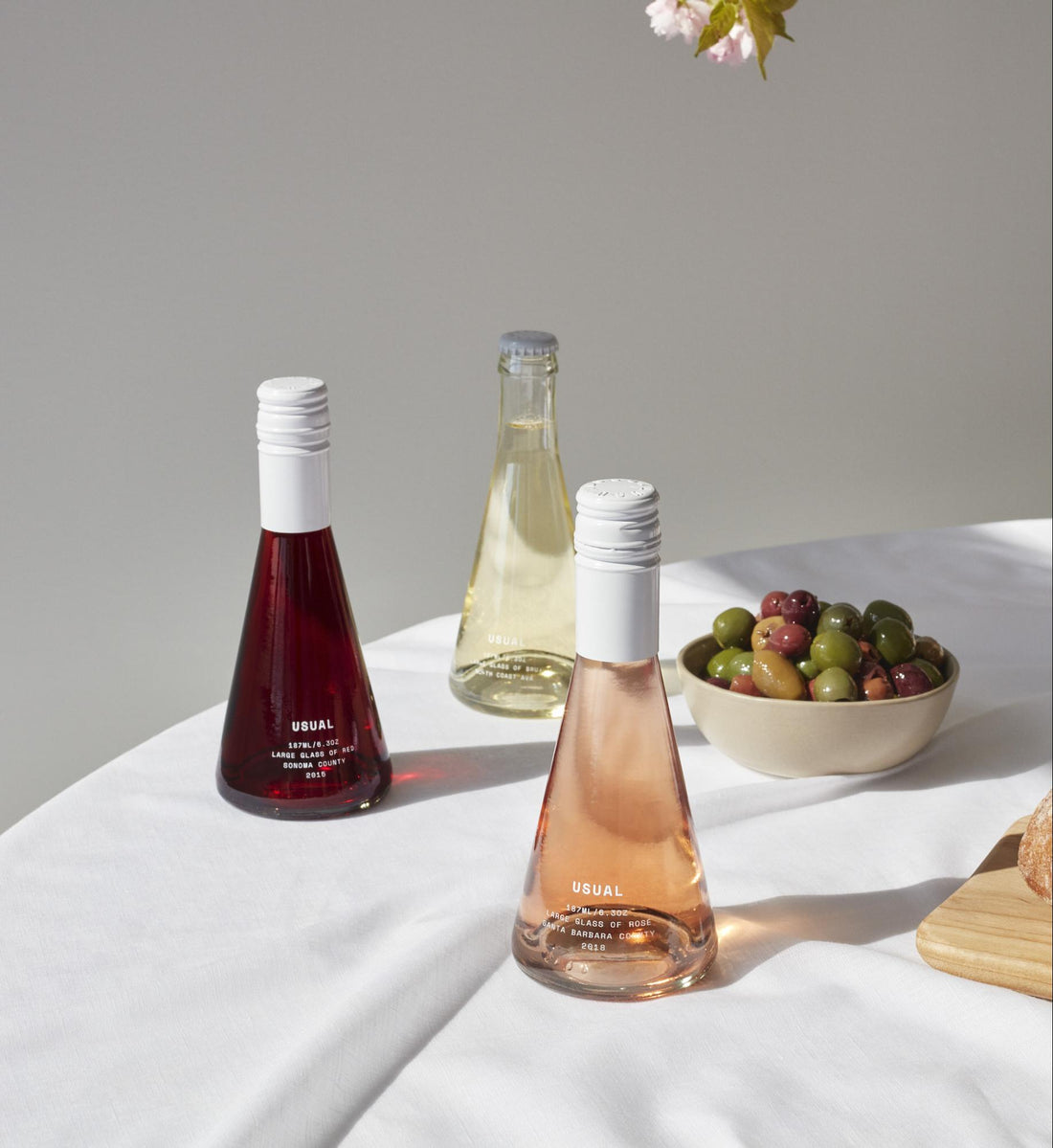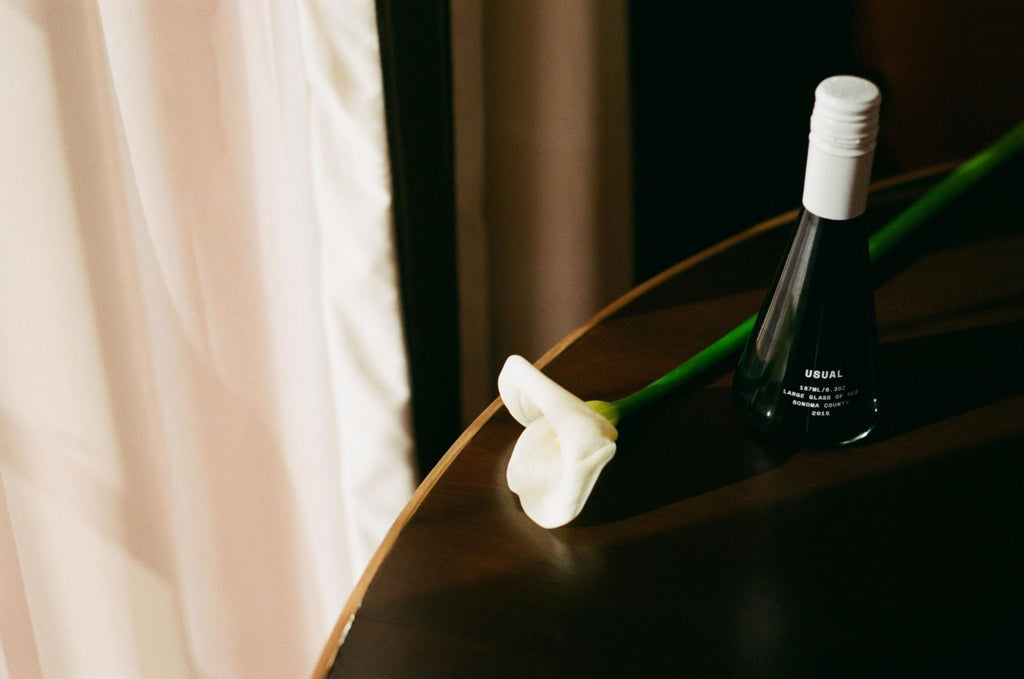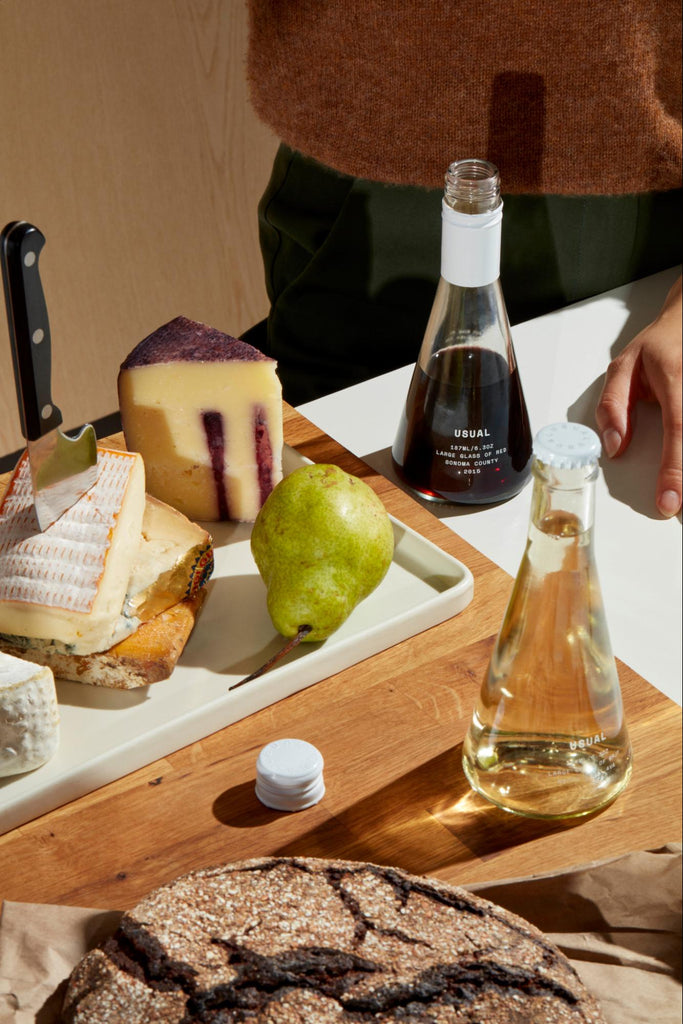
Port Wine: All You Need to Know About This Popular Portuguese Drink
McKenzie HaganAh, the after-dinner drink. Whether you've just had dinner at home, a friend's party, or your favorite restaurant, a little sip after your meal can be a sweet treat to finish off the experience. And when it comes to drinkable digestifs, the Port wine is a favorite among wine lovers.
Although best known as a sweet wine, Port has many more layers to it that makes it a fascinating drink to explore. Let's delve into the subject of 'what is Port wine,' the process of its creation, the various types of Port wine available, and of course, how to best savor it.
The Intricacies of Port Wine: What Is It Exactly?
Port is a sweet fortified wine from Portugal that's made with aromatic grape varieties, primarily Touriga Franca, Touriga Nacional, Tinta Barroca, Tinto Cão, and Tinta Roriz (also known as Tempranillo). Unlike other types of wine, fortified wine is made by adding a distilled spirit, particularly a grape spirit such as cognac or brandy.
Much like authentic Champagne must come from the specific wine region in France, true Port must come from Portugal's Douro Valley. In fact, the name “Port” comes from Porto, the coastal city along the Douro River. Still, many wines calling themselves Port may come from other regions, so always check the wine label says "Porto.”
Port is considered a dessert wine since it most often has a sweet taste and is enjoyed during or after dessert. It's also popular on its own as a dessert. Because it's fortified, Port has a higher alcohol content compared to the average glass of wine — it's closer to 20% ABV (alcohol by volume) versus 12% alcohol, which is considered the standard in the United States. This high ABV is one reason why you usually only see Port served in small portions.
The Artistry Behind Port Wine: How Is It Crafted?
As with all winemaking, Port production begins once the grapes are harvested. The grapes are pressed to extract the juice and begin the fermentation process. If the winemaker fortifies the wine before fermentation is finished, the result is more residual sugar that creates a sweet wine. By contrast, if the winemaker adds the spirits after the fermentation process is complete, the result is a dry fortified wine with less sugar.
Oftentimes, young Port wines are aged in large oak barrels for about 18 months. That said, some Port producers bypass the oak casks and let the wine age in the bottle. Depending on different winemaking factors, you can end up with a sweet and complex Port wine or a drier and brighter variety.
Diverse Port Styles: Unraveling the Types of Port Wine

Port wines, for the most part, are full-bodied, sweet red wines with notes of berries, caramel, cinnamon, and chocolate. But there are other varieties including dry, semi-dry, white, and rosé varieties. In other words, just as with other types of wines, Port comes in a wonderful variety of styles to suit your tastes. In fact, there are 52 varieties of Port wine.
We can’t list them all, but here are the main Port styles you should know about.
- Tawny Port: This slightly sweet, complex, and brownish-red wine is barrel-aged in wooden casks. Aged tawnies are rich and soft wines aged for 10, 20, 30, or 40 years.
- Ruby Port: A younger Port, this variety boasts a ruby color and fruity flavor. This variety is typically bottle-aged for a few years and then cellared before it’s opened.
- White Port: This Port style is made with white grapes and fermented in wood tanks. It offers bright flavors (think apple and stone fruit) with a nutty finish.
- Rosé Port: A delightfully aromatic Port, this variety has bright berry and caramel notes plus the signature pink shade made famous by rosé wine.
- Colheita Port: This single-vintage Tawny Port is aged in oak barrels for at least seven years. It's intended to be enjoyed soon after bottling.
- Vintage Port: This type of Port is from an exceptional wine year and is aged for no more than two years in a barrel before bottling. You can age these for 10-50 years in the bottle.
- Single-Quinta Port (SQVP): This category includes port wines made from a single vineyard (also called a quinta) and a single vintage the year the grapes were picked.
- Late-Bottled Vintage Port (LBV): This single-vintage Port ages for four to six years in a barrel before bottling. Since it ages for twice as long as vintage Port, you can drink it fairly young.
- Crusted Port: A newer version of Port, this variety is unfiltered when bottled, causing sediment (also known as crust) to form. This wine aims to mimic vintage Port at a lower price point.
- Garrafeira Port: This style of Port is aged initially in wood and then for many years in large glass demijohns, which are big bottles enclosed in wickerwork. This aging process gives it a distinctive and unique taste profile.
Savoring the Delight: How to Enjoy Port Wine

You don’t need us to tell you how to enjoy wine, but there are some finer points that will help you appreciate the experience even more. In that spirit, here are some tips on how to savor Port wine, including the best temperature for serving it, its best food pairings, and the type of glass you want to use.
Temperature
When it comes to wine temperature, it might surprise you to learn that Port wine isn't best served at room temperature. If you serve high-alcohol wine too warm, it'll result in a burning sensation similar to drinking a shot of rum or whiskey.
If you have a full-bodied Port, serve it at 60 degrees to 65 degrees. If you have a lighter Port, serve it at 55 degrees to 60 degrees. Either way, a good rule of thumb for serving red wine is to refrigerate the bottle for 30 minutes before you open it. Then, you can decant the bottle or pour the first glass. Allow the wine to breathe and warm on the table for 10 minutes before enjoying.
Food Pairings
Port is considered a digestif or dessert wine, and it pairs perfectly with a range of sweets or as a dessert itself. For tawny Port and ruby Port, try serving it with pecan pie, chocolate truffles, cheesecake, dark chocolate cake, and even aged or smoked cheeses. For rosé or white Port varieties, pair it with lighter sweet fare like fresh peaches, strawberry angel food cake, or lemon meringue pie.
It's worth mentioning that Port (especially white and rosé varieties) is also an excellent aperitif to enjoy before your main meal. Try pairing it with seafood appetizers made with lobster, crab, smoked fish, or oysters.
Type of Glass
The type of glass can change your wine-drinking experience. But don't just take our word for it. Scientists have discovered the shape of a wine glass affects how vapors rise from the wine, which means it can influence the nose and finish of wine.
Most Port wines are best served in a small port glass with a narrow mouth to reduce evaporation and intensify the bouquet. You can also use a regular wine glass or a sparkling wine glass. That way, you can swirl the Port so it breathes and releases its aromas. (If all this wine speak has your head swirling a bit, check out our list of wine terms. You'll talk like a pro in no time.)
Tip For Wine Storage
A good tip for wine storage, especially if you've opened a bottle of Port, is to store it upright in the refrigerator. This helps reduce its exposure to oxygen and extend its life, allowing you to enjoy it for longer.
Celebrating the Diversity of Port Wine
Whether it’s to celebrate a special occasion or to sip something special during your weeknight Netflix binge, a glass of Port wine is rarely a bad idea. While this popular Portuguese import has become the go-to dessert wine for people around the world, there's much more to Port than meets the eye.
For one, Port is not just red, sweet wine — it comes in 52 varieties, including dry white and rosé. Also, unlike other wines, Port is fortified with spirits for an extra boost of alcohol. (No wonder it's best in small glasses.)
And while Port is unparalleled for dessert pairings, you can also enjoy it before a meal or at any other time. After all, the only real rules for wine drinking are to find a bottle you love and take a moment for liquid leisure.








